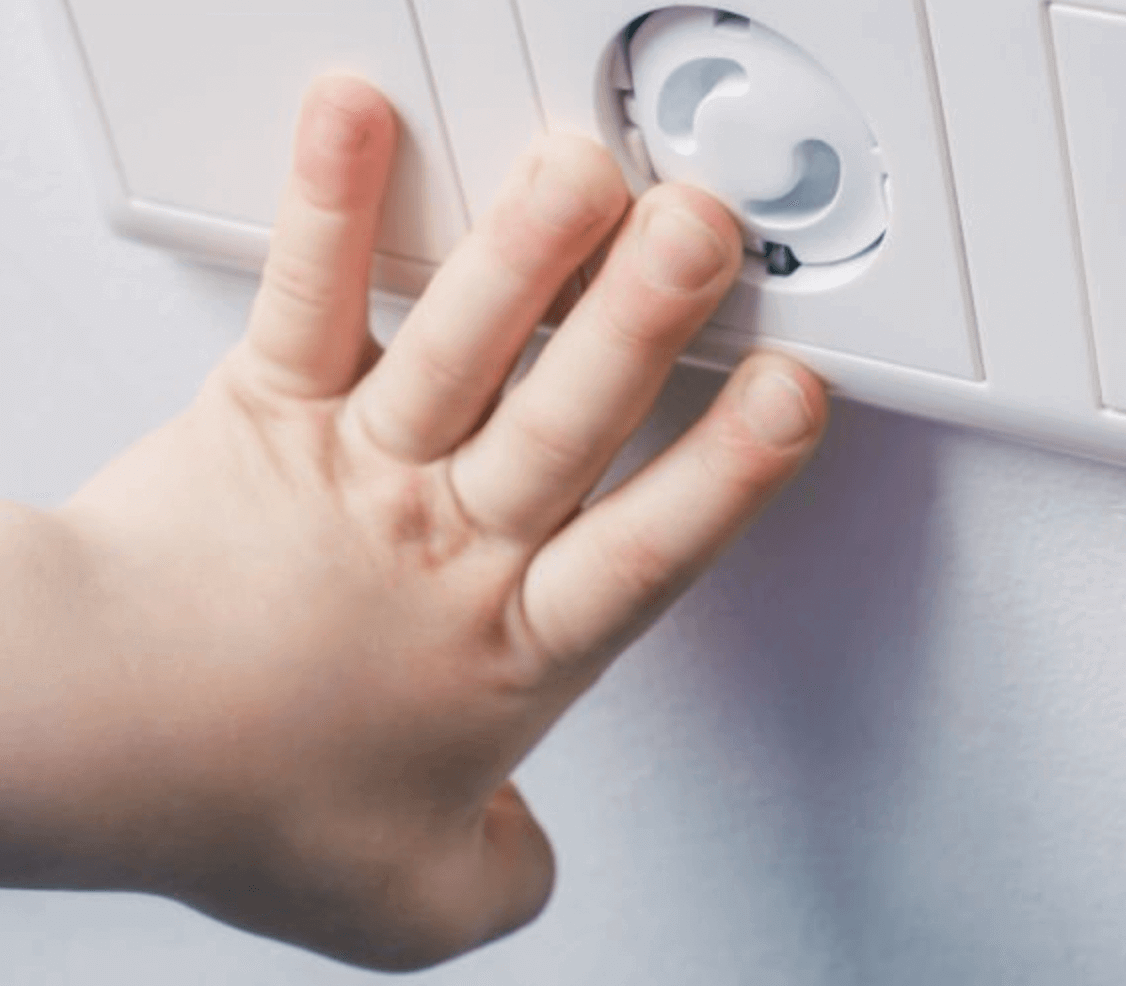Welcoming a baby into your home is exciting. But it also means making the environment safe. Electrical outlets and wires can be dangerous for curious little ones. Babies love to crawl, touch, and explore, which makes these spots a big safety concern. Learning how to baby proof your electrical outlets is a crucial step for every parent.
Table of Contents
Why Electrical Safety Is Important for Babies
Infants investigate by touch and taste. They don’t understand the dangers around them. Uncovered outlets or exposed wiring present a risk of electric shock or burns. A small mistake can lead to severe injuries. Parents need to stay ahead by planning early. By learning how to baby proof your electrical outlets, you prevent avoidable accidents in your home.

Best Ways to Baby Proof Your Electrical Outlets
There are several simple methods to secure outlets and wires at home. Each solution depends on your budget and the layout of your space.
- Outlet Covers: Plastic outlet covers are the most common solution. They plug directly into unused sockets and block babies from inserting objects.
- Sliding Outlet Plates: These replace your current outlet plates. They have self-closing covers for the socket holes when not in use.
- Outlet Boxes: These are clear covers that go over outlets with plugs. They keep cords locked inside, safe from little hands.
- Cord Shorteners: Babies love pulling on dangling cords. Cord shorteners hide and wind up excess cable length.
- Furniture Placement: Place sizable furniture in front of outlets to obstruct baby access.
By combining these methods, you can effectively baby proof your electrical outlets without major home changes.
Managing Electrical Wires Safely
Cords and wires are just as tempting for babies as outlets. They may tug, chew, or trip over them. Start by hiding wires behind furniture or along baseboards. Cord management covers are great for keeping them organized and out of sight. For appliances, use power strip covers. These prevent babies from pulling multiple plugs at once.
When you baby proof your electrical outlets, don’t forget the wires. Both are part of a safe baby-proofing plan.
Additional Safety Practices to Baby Proof Your Electrical Outlets
Electrical safety does not end with just covers or plates. Always inspect your wires and plugs for damage. Replace any frayed cords immediately. Avoid overloading sockets with too many appliances. Teach older siblings about outlet safety too. Remember, constant supervision is just as important as devices.
Conclusion
Every parent wants a safe home for their child. Learning how to baby proof your electrical outlets is an essential step in childproofing. With the right covers, cord management, and regular checks, you can reduce risks. Babies will always be curious, but your precautions will protect them. Start early, stay consistent, and make your home a safe space to explore.
[Read Top 5 Baby Proofing Essentials for Small Apartments]
FAQs
1. Are outlet covers really safe and effective?
Yes, outlet covers are effective when properly installed. They block access to electrical sockets, reducing the risk of shocks and burns from curious babies exploring outlets.
2. Do I need to baby proof every outlet in the house?
Yes, all accessible outlets should be baby proofed. Even unused ones pose risks, as babies may poke fingers or objects into them out of curiosity.
3. How do I prevent babies from chewing on electrical cords?
Use cord covers, hide wires behind furniture, or secure them with protective tubing. Provide safe teething toys as alternatives to discourage chewing on electrical cords.

